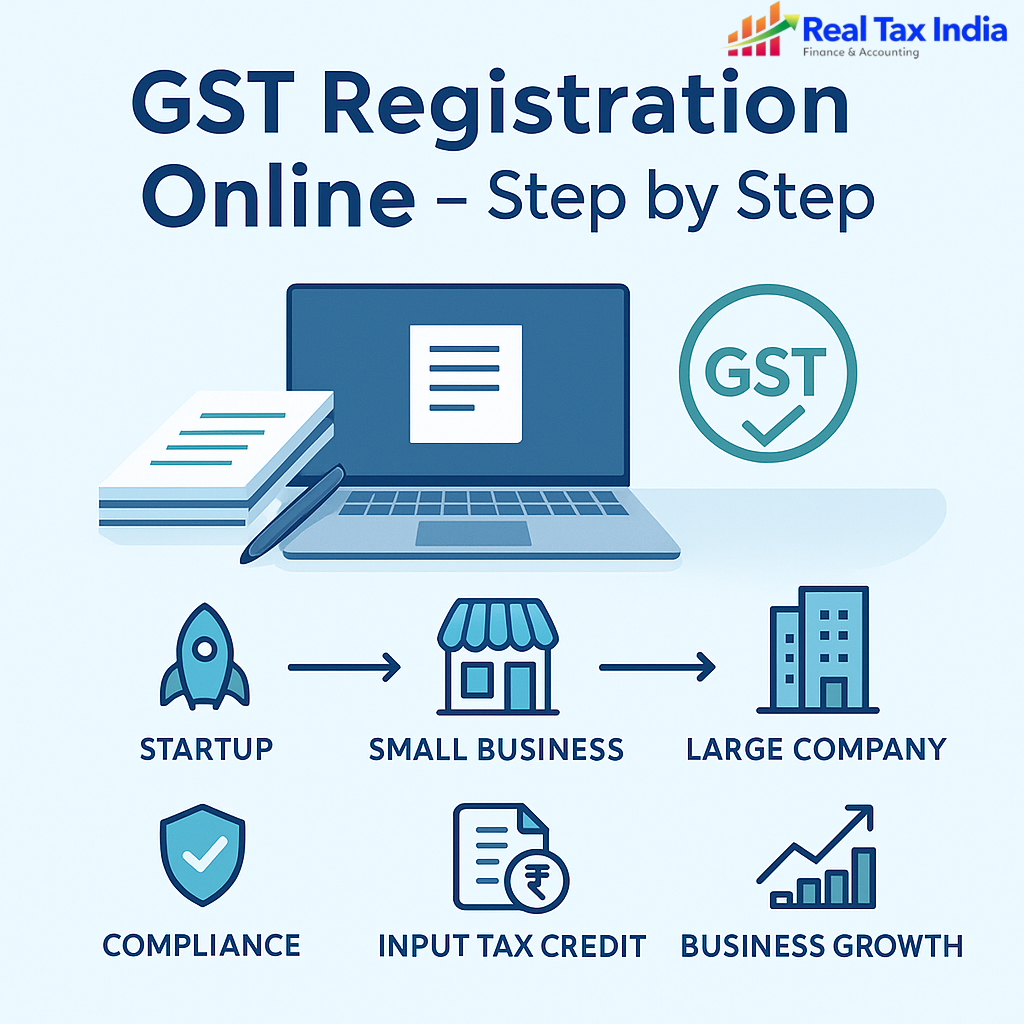
If you are servicing a home loan in India, each RBI statement is perhaps akin to a “now or never” moment. A marginal cut in interest rates can either lower your EMI or enhance your monthly burden. In 2025 after the rate cuts (in the face of lingering inflation) people are anxiously waiting to see if the RBI will cut rates or hold them constant.
📌 Why RBI News is Important for Borrowers
The role of the repo rate is to control inflation and growth. The rate at which banks borrow funds from the RBI.
Banks also pass on the costs to customers when RBI increases repo rate. That translates into more EMIs for home loans.
When the RBI reduces the repo rate, banks get money at a cheaper rate and therefore these can be passed on and so can the EMI.
For lakhs of Indian families who have availed of long-term housing loans, this makes RBI’s monetary policy a very personal matter.
(Embed infographic: “Repo Rate ↑ = EMI ↑ | Repo Rate ↓ = EMI ↓”)
📌 Inflation in 2025 – The Main Driver
India has inflation around 5–6% or 2025. It may not be a very high number, but for the R.B.I., it is crucial.
When the prices of essentials such as food, fuel, and housing go up, the RBI tightens monetary policy by ensuring that interest rates stay high. The hope is that it will reduce spending and cool inflation. But this has direct consequences for borrowers, who often end up paying more on loans.
On the other hand, if inflation comes in lower, say more in the 4-5% ballpark, the RBI gets more room to cut rates. Which brings us to the silver lining for home loan borrowers.
📌 Will RBI Cut Rates in 2025?
The question in everyone’s mind is quite straightforward: Will my EMI go down now?
Experts think there is a very good chance of a rate cut in 2025 if there isn’t a blowup in inflation. A slight reduction, of 0.25 percent to 0.50 percent, can still translate to big savings. For instance, on a ₹40 lakh loan taken for 20 years, such a cut could help borrowers save thousands of rupees a year.
But there’s also a risk. If global crude prices surge, or there is a spurt in food inflation, the RBI could be prompted to maintain or raise rates.
📌 What Borrowers Should Do
For existing loans Watch out for RBI announcements. If rates have come down, consider refinancing or transferring balance to lower EMI.
In the years to come: If you are a prospective home buyer, it may be golden in 2025 if rates fall. Lower EMI during these times will secure more and more savings in the long run.
Be ready: Have a financial cushion in place at all times, because rates can go up suddenly.

✅ Final Thoughts
The decisions thatPolice is making may sound wonkish, but their consequences are very real for people.In any case, those poor people don’t deserve this punishment. Each reduction that slashes your EMI is a relief for families. Each increase exerts pressure on the monthly budget. As 2025 unfolds, all eyes will be on the RBI. Lowering the rates could provide a much-needed relief that would help millions of Indians better afford their homes.








